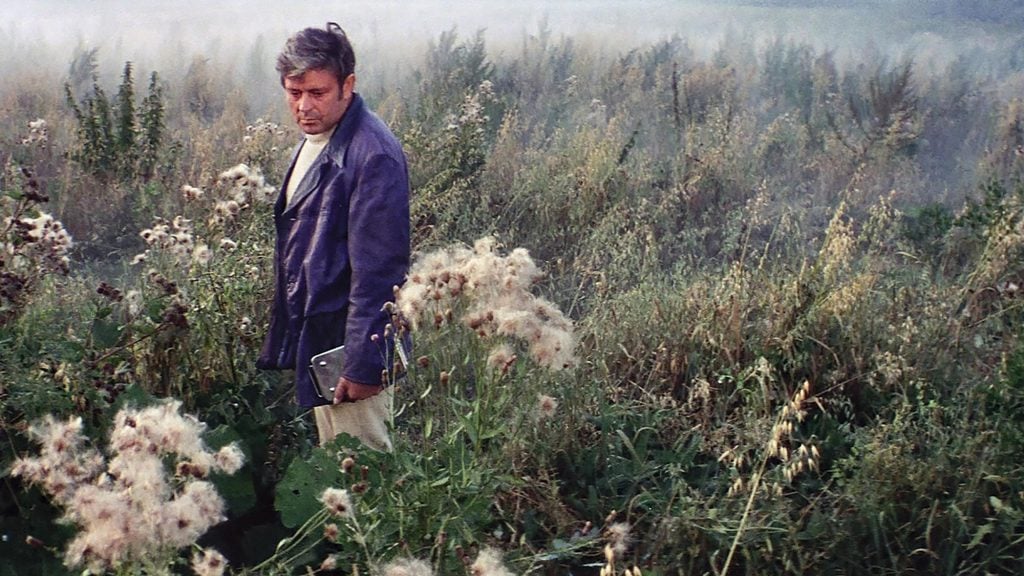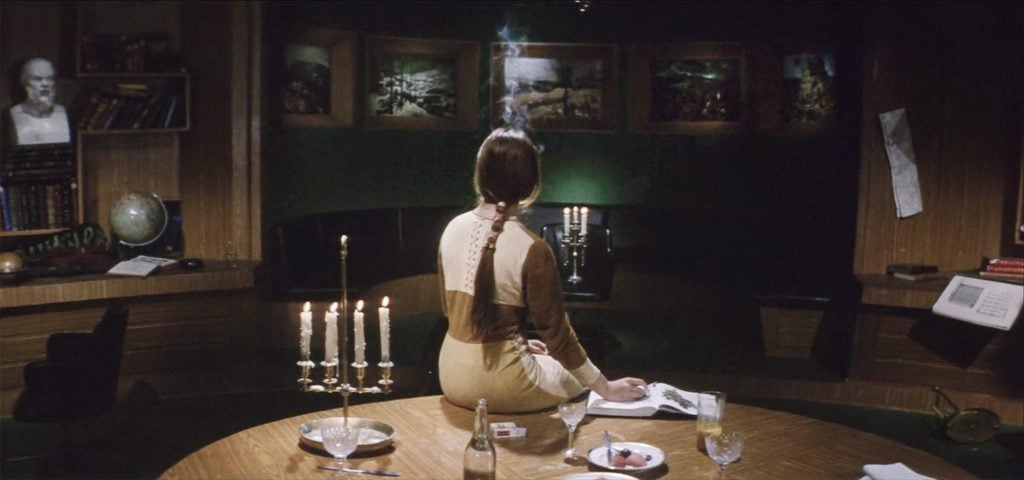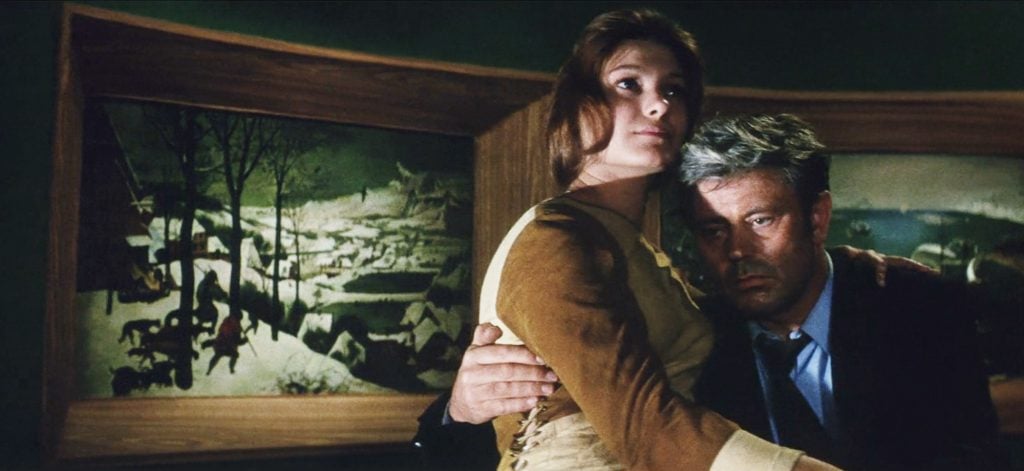Pop Culture
As Seen on ‘Solaris’: A 16th-Century Masterpiece in Space
A Bruegel painting beloved by director Andrei Tarkovsky plays a haunting role.

Something is amiss on the space station at the center of Solaris (1972). Sent to evaluate the facility, psychologist Kris Kelvin (played by Donatas Banionis) arrives to find it in grim disarray, its hallways littered with junk. When he tracks down the two scientists onboard, Snaut and Sartorius, he finds them in the company of other beings who are not part of the crew. Snaut calls them “guests.” Soon enough, Kris is visited by a “guest” of his own—his dead wife, Hari (Natalya Bondarchuk), in corporeal form.
Andrei Tarkovsky’s film doesn’t make a big mystery of these unsettling visitors. They’re simply material phenomena conjured by the titular planet, which the space station is orbiting. What the Russian auteur does instead is deeply psychological, deploying the film’s science fiction framework to interrogate the nature of reality, memory, and humanity.

Natalya Bondarchuk in Solaris (1972), with Pieter Bruegel the Elder’s “The Months” painting cycle. Photo: Screen grab.
Hari, though resurrected, languishes when Kris leaves her side—his memories, after all, are what sustain her existence (and vice versa). But as Snaut informs Kris, she grows more human the more time she spends with her husband. This, Kris discovers when he finds Hari sitting alone in the space station’s library, in her first independent act. Cigarette in hand, she sits and observes Pieter Bruegel the Elder’s The Hunters in Snow (1565).
The canvas depicts a group of figures returning from a hunt, a wintry village vista unfolding in front of them. The camera pans slowly over the painting’s vivid details—the pack of dogs at the hunters’ heels, the crows perched on bare trees, the ice-skaters on a frozen lake. “There’s something very Russian about… the way [Bruegel’s] pictures always have parallel action,” Tarkovsky once told critic Michel Ciment, “with numerous characters each busily going about their own business.”

Pieter Bruegel the Elder, The Hunters in the Snow (Winter) (1565). Photo: Fine Art Images/Heritage Images/Getty Images.
The everyday landscape joins others in Bruegel’s painting cycle, “The Months,” works of which depict harvesters (The Hay Harvest) and cattle herders (The Return of the Herd), and which were also recreated for Solaris‘s library. But it’s Hunters that Tarkovsky draws our attention to. Its snow-white setting further recalls an earlier scene when Kris plays for Hari an old home video, in which a young Kris is seen running in the snow with his father, while his mother stands at a distance smoking and clutching a small dog.
“I don’t know myself at all,” is Hari’s response to the video. “I don’t remember.”
She might as well feel the same about Bruegel’s Hunters. Its “business” might be familiar to human eyes, but to a being with no past or reference points, it must appear entirely alien (pun unavoidable). Bruegel’s natural landscape further offers an acute counterpoint to the space station’s hard edges and sleek surfaces, getting to the heart of the film’s inquiry into what space exploration even means to humans.
“Science? Nonsense!” Snaut declares at one point. “We don’t know what to do with other worlds. We don’t need other worlds. We need a mirror… Man needs man.”

Natalya Bondarchuk and Donatas Banionis in Solaris (1972), with Pieter Bruegel the Elder’s The Hunters in the Snow (1565). Photo: Screen grab.
Bruegel’s Hunters was so beloved by Tarkovsky that he would again reference the work in his follow-up, The Mirror (1975). That film is made up of vignettes—one of which mimics the Old Master’s snowy sweep—drawn from the director’s own childhood recollections to make it his most personal outing. “I strived to reproduce everything the way it was… to literally repeat what was fixed in my memory,” he said of the autobiographical film. “And the result turned very strange. It was for me a singular experience.”
As Seen On explores the paintings and sculptures that have made it to the big and small screens—from a Bond villain’s heisted canvas to the Sopranos’ taste for Renaissance artworks. More than just set decor, these visual works play pivotal roles in on-screen narratives, when not stealing the show.





